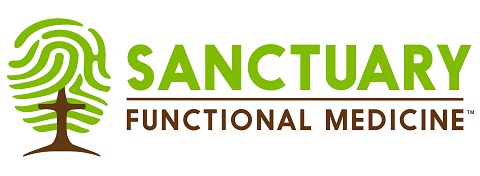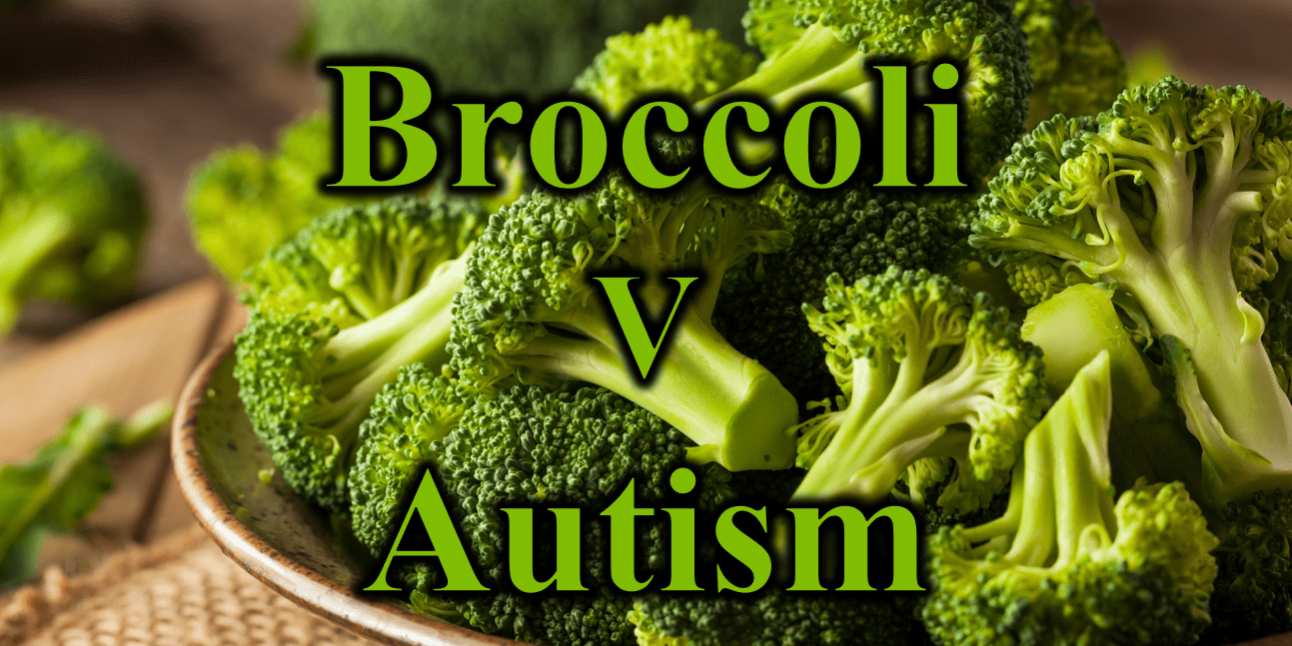Welcome to the first in our special series sharing insights and recent research from the MEDMAPS 2023 Spring Conference attended by Dr. Potter. MAPS stands for Medical Academy for Pediatric Special Needs and arose from the original Defeat Autism Now organization initially serving parents and providers caring for children with autism spectrum disorder). This Spring Conference focused not only on autism research but on Lyme and other infections including COVID’s effects on children. Come back in the coming weeks to read more about what I learned at the conference so that Sanctuary can provider cutting edge care to your precious little ones.
Functional pediatricians like myself are continuously searching for new therapies that can benefit our patients suffering from neurodevelopmental conditions like autism and PANS/PANDAS and more. Attending a conference focused on nation wide providers bringing both the latest research and years of experience together for the sake of improving our efficacy was, in short, amazing. One of those therapies that shows significant promise for both autism and PANS/PANDAS is a broccoli based phytochemical called sulfurophane. Without demeaning broccoli’s many other very beneficial phytochemicals that we might discuss on another day, I will share some insights on how Sanctuary will begin using this therapy for the successful restoration of our pediatric patients.
The chemical is produced naturally by crucifers such as broccoli and Brussel sprouts. It has been studied and accepted as an antioxidant, anti-inflammatory, and antimicrobial phytochemical. Benefits appear to be present in cancer prevention, brain and heart health among other uses. The inactive form, glucoraphanin, is stored in the crucifer and released by an enzyme called myrosinase during chewing or by some gut bacteria.
One conference presenter discussed two articles about sulfurophane, only the first pertaining to autism. Two other studies are listed in additional references at the end of this article.
The article from the conference by Ou et al describes a study with 108 children with autism in China who were put on a double blind placebo controlled trial of sulforaphane for 12 weeks. While the caregivers did not report a signficant change in the children who received the phytochemical, the clinicians did find a clinically signficant 30% improvement in objective autism scales. The effect was the greatest in children over 10 years old and crossed several areas of measured intelligence. There appeared to be no significant side effects.
While more study than this one and the two noted below which also showed some benefits is needed, the suggestion of even moderate improvements with little to no side effects is promising when compared to the standard anti-psychotics which are often prescribed to these children. These medicines sedate and risk long term metabolic problems even though they offer some control of the behavior of these children.
Also mentioned during the conference was a speaker’s success using sulforaphane for children with PANS and PANDAs, finding that those children whose symptoms improved during febrile episodes often fared even better with sulforaphane therapy.
This phytochemical appears to work through upregulating the anti-inflammatory NrF2 pathway and down-regulate the inflammatory NF-kappa B pathway. By improving our body’s ability to tame inflammation, inflammation which seems to play a primary role in both autism and PANS/PANDAS, sulforaphane may be one of the newest and more successful tools in caring for these patients.
To get more of this phytochemical, a parent can feed their child veggies like broccoli, broccoli sprouts, kale, cauliflower, Brussel sprouts, cabbage, bok choy, watercress, collard greens, and mustard greens. To get the most of this phytochemical, steaming the veggies for 20 minutes seems to release more sulforaphane for absorption. Given the unlikelihood of most children eating a large serving of one of these daily, supplement forms are also available.
To help our patients young and old with autism or PANS/PANDAS, we will be exploring how to implement this phytochemical so our patients can move towards healthier more abundant lives.
2 Articles from conference:
Ou, J., Smith, R.C., Tobe, R.H. et al. Efficacy of Sulforaphane in Treatment of Children with Autism Spectrum Disorder: A Randomized Double-Blind Placebo-Controlled Multi-center Trial. J Autism Dev Disord (2022). https://doi.org/10.1007/s10803-022-05784-9
Other research studies with autism:
Singh K, Connors SL, Macklin EA, et al. Sulforaphane treatment of autism spectrum disorder (ASD). Proc Natl Acad Sci U S A. 2014;111(43):15550-15555. doi:10.1073/pnas.1416940111
Bent S, Lawton B, Warren T, et al. Identification of urinary metabolites that correlate with clinical improvements in children with autism treated with sulforaphane from broccoli. Mol Autism. 2018;9:35. doi:10.1186/s13229-018-0218-4
Sanctuary Functional Medicine, under the direction of Dr Eric Potter, IFMCP MD, provides functional medicine services to Nashville, Middle Tennessee and beyond. We frequently treat patients from Kentucky, Alabama, Mississippi, Georgia, Ohio, Indiana, and more... offering the hope of healthier more abundant lives to those with chronic illness.







